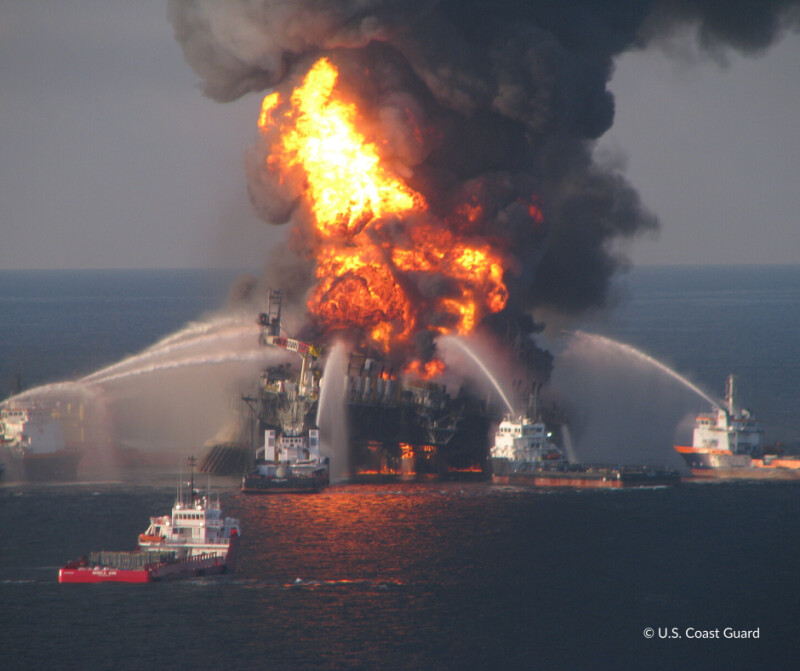Fifteen years after the Deepwater Horizon oil spill, the largest offshore oil disaster in U.S. history, commercial fishermen in the Gulf of America continue to grapple with its enduring impacts.
In a recent Mongabay article, Liz Kimbrough vividly illustrated the region's ecological resilience and persistent hardships, particularly for those whose livelihoods depend on the ocean.
On April 20, 2010, the Deepwater Horizon rig, operated by BP, exploded and sank approximately 41 miles off Louisiana’s coast, releasing an estimated 4.9 million barrels of oil into the Gulf over nearly three months. The spill affected an area of about 43,000 square miles, causing extensive damage to marine ecosystems and coastal communities.
Captain Kindra Arnesen, a veteran commercial fisherman from Plaquemines Parish, Louisiana, recalls the stark contrast between the Gulf’s pre- and post-spill conditions. “Before the spill, you could ride out there and everywhere you rode, there were bait balls of bonita, blue runners, thread herrings, spinners jumping through them,” she told Kimbrough. “After the spill, you could ride a hundred miles and not see a bait ball… it slowly died.”
The disappearance of these bait balls- dense schools of small fish that attract larger predators- signaled a significant disruption in the food chain. For fishermen like Arnesen, this meant not only fewer catches but also a profound sense of loss for the once-abundant waters they knew.
While some species, such as brown pelicans, have shown signs of recovery, others, including dolphins and deep-sea corals, continue to suffer long-term health effects. The human toll is also significant, with many fishermen facing ongoing economic challenges and health concerns linked to the spill.
In response to the disaster, an unprecedented legal settlement directed billions of dollars toward restoration projects in the Gulf. However, experts debate the effectiveness of these efforts in achieving ecosystem-wide recovery. Some argue that the funds have not adequately addressed the complex, interconnected issues facing the Gulf’s environment and communities.
Adding to the region’s challenges is the looming threat of climate change. As Kimbrough noted, climate change remains the “800-pound gorilla in the room,” exacerbating existing problems and threatening the Gulf’s future resilience. Continued pressure from fossil fuel development, agricultural runoff, and other environmental stressors could push the ecosystem beyond its capacity to recover.
For the commercial fishing industry, these compounded issues show the need for comprehensive, long-term strategies that prioritize environmental restoration and coastal communities' well-being. As the Gulf continues to heal, the voices of fishermen like Arnesen serve as a poignant reminder of the enduring impact of the Deepwater Horizon disaster and the importance of sustainable practices moving forward.
To read the full Mongabay article by Liz Kimbrough, click here.







